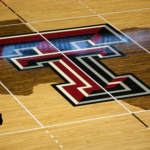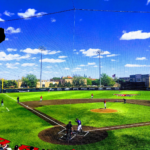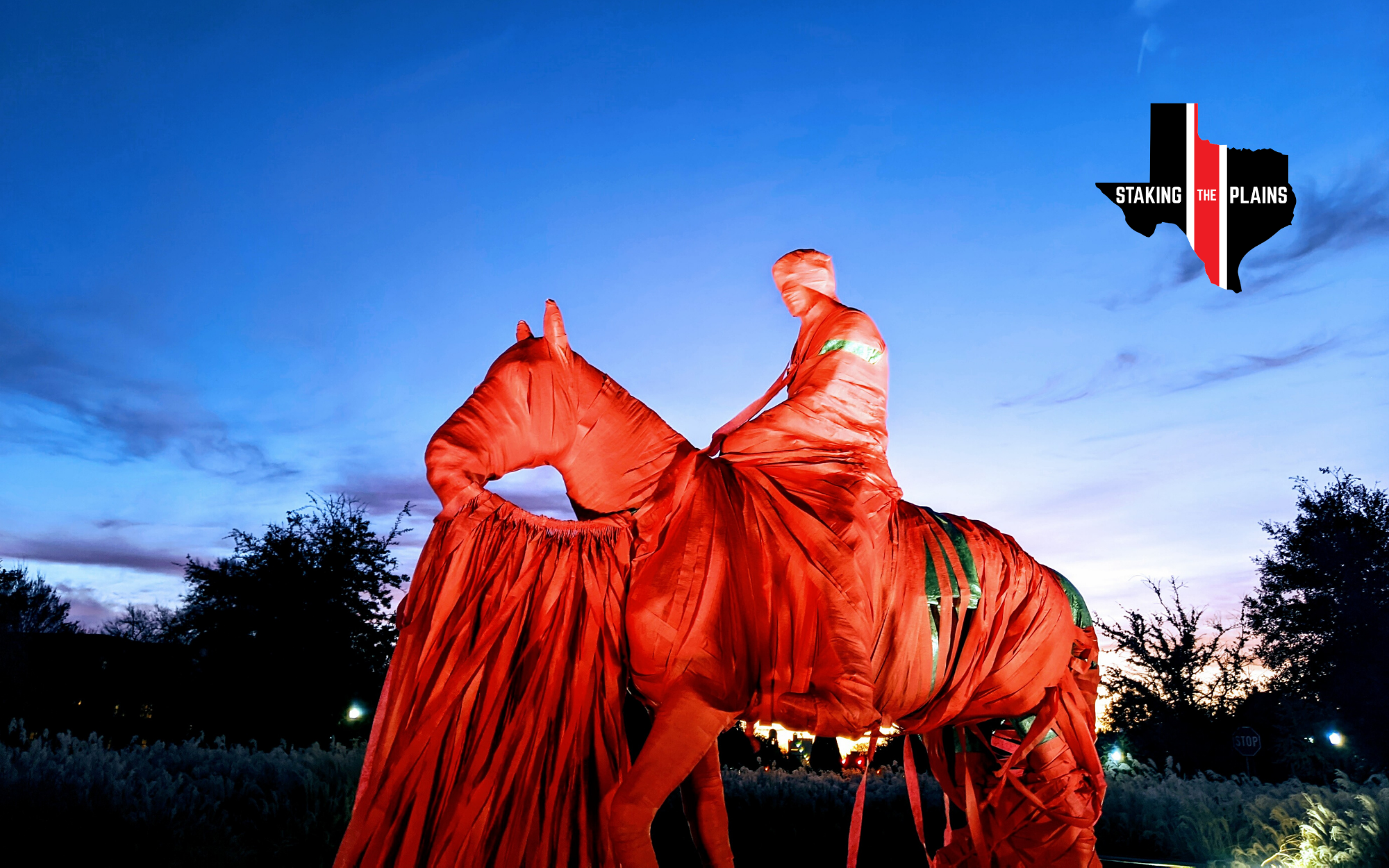Deep breath.
There are a lot of complicated issues regarding the recent player movement in the Pac-12. Basically, some of the players in Pac-12 want compensation, programs to address social issues, provide health coverage, and provide a safe environment, but it’s more complicated than that.
Some of the issues I think we can all understand. If the players are going to play, they want to play in a safe environment and they want to make sure that they are as protected as possible. I genuinely believe that the programs want to do this. Those that have more assets will be able to provide more health assurances, but I genuinely think that the programs care about the student-athletes. These relationships aren’t held in a vacuum.
Some of the other demands are a bit more difficult to reconcile. You can read all of the player demands here and some of them are reasonable, but I think there’s going to be a shift at some point.
They want to protect all sports, meaning reinstate sports that are cut by cutting salaries of administrators and coaches, cease academic and athletic performance bonuses, and stop spending on facilities as well as dip into a school’s endowment.
That’s a lot of things to ask right there.
First, there are contracts that would have to be voluntarily broken and I don’t know that will happen. These are relatively lofty goals and goals that aren’t going to be accomplished before the end of the season. In other words if players want this, they’re going to have to terminate contracts that are duly enforceable and they’ll be asking coaches to essentially terminate their contracts. That’s a lot to ask and that’s probably something that requires some discussion, not demands made before the start of the season.
The request to keep all sports might also seem like quite a bit and to request that universities dip into their endowment. I don’t see that happening because that involves more than just presidents, but trustees and significant players.
Additionally, the players have asked for 50% of the total conference revenue, “evenly among athletes in their respective sports.” I’m not sure if I’m reading that football players get football money and gymnastics get gymnastic money, but that’s what it seems like. Regardless ,the players want 50% of the total revenue. Again, I don’t see this happening.
Looking at most institutions, they operate pretty close to the revenue, most likely by design. The idea is that they do spend money on facilities and coaches and everything else, but not players.
This is where the shift that we talked about earlier.
I think that a lot of fans think that the players should just accept the scholarship and stop complaining. They get $100,000+ of benefits, they should just shut up and play. Well, it doesn’t work that way, on either side of the street. I do think that a scholarship is a significant benefit and when you’re talking about, let’s say volleyball, if they receive $100,000+ of benefits and don’t really contribute to the overall revenue, well, that doesn’t equate. Football on the other hand does bring significant income and that’s something that should be accounted for. Men’s basketball is the other sport that does bring in significant income.
So how do we solve this? We’ve got the players on one side of the equation saying that they want more of the pie, and rightfully so, and then you’ve got universities on the other side of the aisle saying we’re tapped out in terms of what we can offer. There’s probably wiggle room for both sides. At some point, the players will probably receive a part of the income, but not 50%. The players probably want nice things and those nice things cost money, but if the programs sort of know that maybe 20% of conference revenue will be distributed to the players, maybe they’ll figure out how to balance the budget.
The players are probably getting this 50% from what the NFL players receive, which is 48%. The NBA is 50%.
I think the shift occurs in the sense of what we’ve seen from the NBA, which is that if there is an alternative and the players do not want to go to school, then that’s exactly what they should do. Jonathan Kuminga wanted to start earning money and so I absolutely do not blame him for wanting to do that.
Those elite players who are almost guaranteed to make it to the NBA or NFL like Kuminga, but those are few and far between. I think I’ve seen that 2% of NCAA student-athletes play professionally, so we’re talking about a very small percent that are gifted enough to play professionally.
At some point, the college model is what it is. Colleges may be able to offer a college degree and some of the revenue, but at some point there will be a limit (and I’m of course I think the health, safety, and social justice issues can be addressed) at what college scan offer and if that’s what you want to choose, then that’s great. If the players don’t want that, then, well, that’s okay too.
The thing for me is that I don’t think that the students are wrong. They should get more. You always ask for more than you want in a negotiation and you don’t go back up, you normally go down in what you’ve asked for. At a minimum, the student-athletes should be able to receive unlimited restrictions on their name, image, and likeness. Imagine this, a website creates a shirt that obviously references a player, let’s say Patrick Mahomes. Then that website sells that shirt and profits off of it. Should Mahomes profit off of his likeness since he’s the one that created the image that created the idea to sell the shirt? I’m on the side of Mahomes here and it’s why I’ve never sold any shirts that even reference a player because that just feels wrong and well, it’s probably not legal (or just feel that I shouldn’t profit off of someone else’s success).
Regardless, I think that’s the starting point and whatever the student can make, they make.
Stop making it so difficult. Yes, there should probably be things in place to make sure that a player isn’t wearing Nike shoes when the school has a contract for Under Armour, or something like that. Those are minor details.
We’ve talked previously about the MLB model, if you get drafted as a high schooler then great, if not, go to college and see what happens. Well, the MLB is attempting to make the colleges do the exact same thing that the NFL is doing and make it a feeder system. They are tired of maintaining the minor leagues. I think the NHL model is probably the best method, Yahoo! Sports’ Dan Wetzel has been an advocate for years to use the NHL method. Basically, every player after high school is eligible:
In college hockey, or nearly any other NCAA sport, the rule is different. No hockey player has to declare for the draft. As such, no one has to pull themselves out of the draft. Even if a player is selected by an NHL team, they aren’t banished from college hockey.
Instead, the player has 72 hours after the draft to sit down with their family, an agent (yes, it’s allowed), their NHL team and their college coach and determine the best path forward — play for their school or go pro. Seems reasonable, right? After all, it’s a big decision.
If you choose the NHL, good for you. If you choose college, then you can’t join an NHL team until after your college team’s season ends. You’re committed.
It’s really pretty simple and players can play pro or college as long as they want and the pro team retains their rights. If they don’t want to play college then that’s fine too. They can’t receive compensation from the pro team, but at the very least there would be some certainty with both programs. Agents, players, coaches (both college and professional) can help advise a kid where to go and what to do.
It seems almost too easy to work.
So, yeah ,the idea here is that the players should receive a bigger share of the pie and players should be able to have options. If a professional team wants to draft them then that’s great. The player can choose to go the professional route or go to college.










